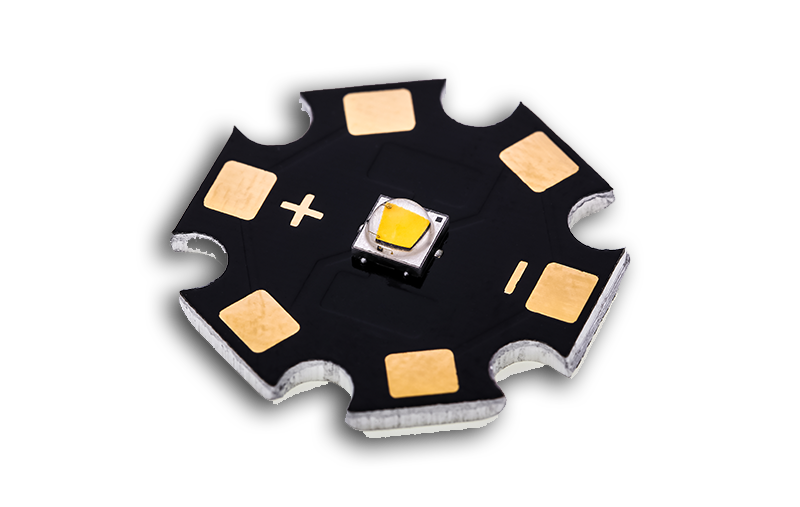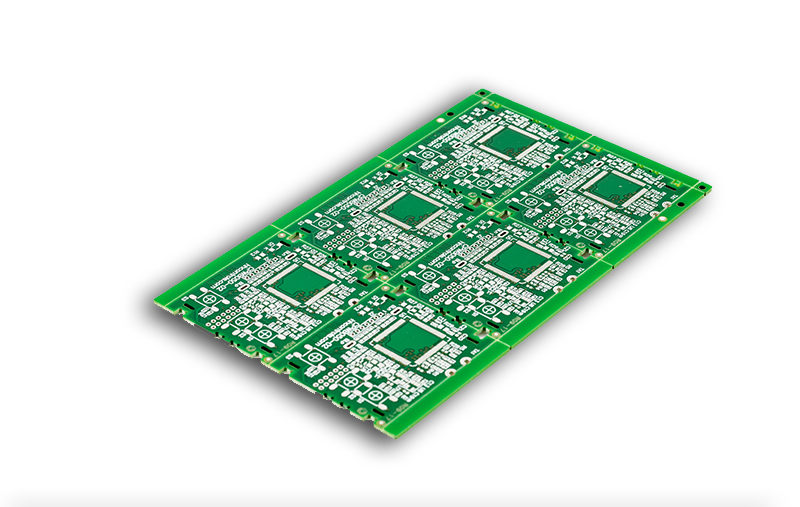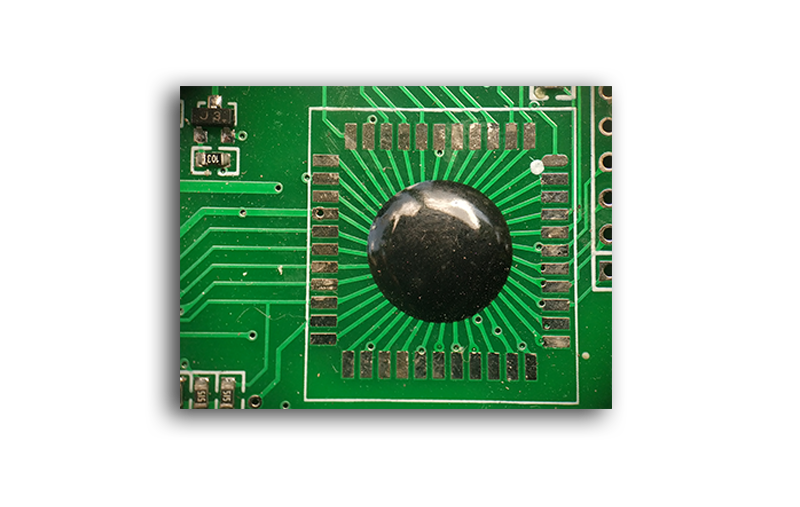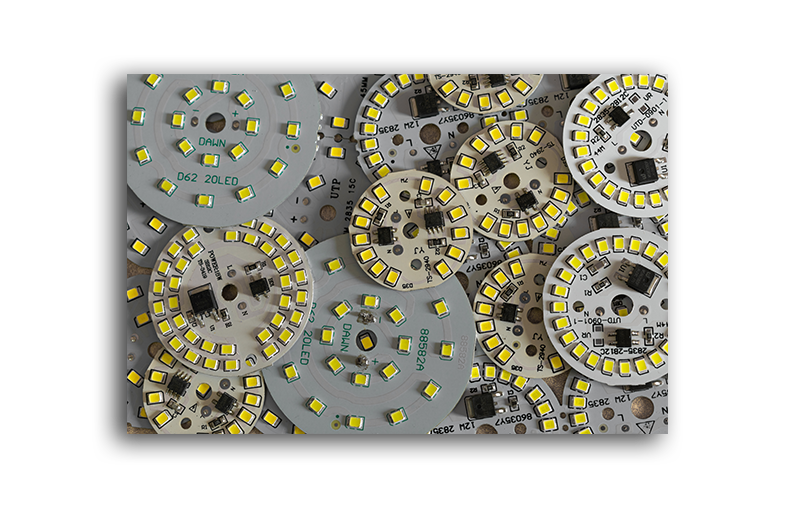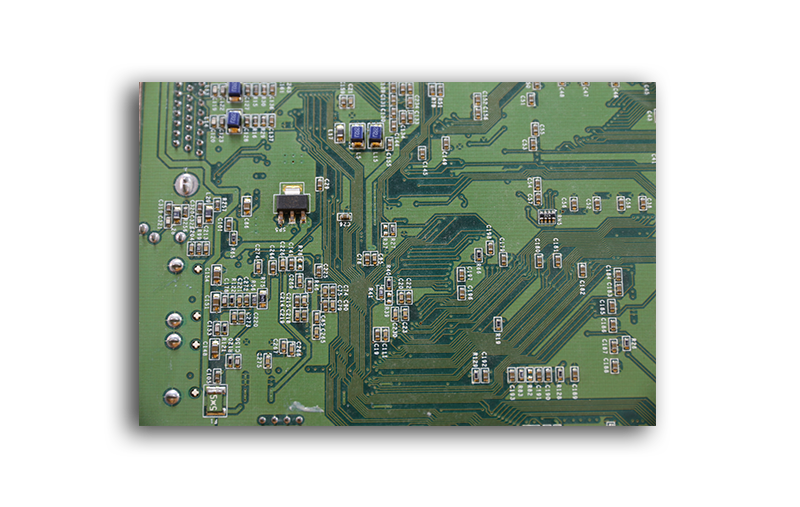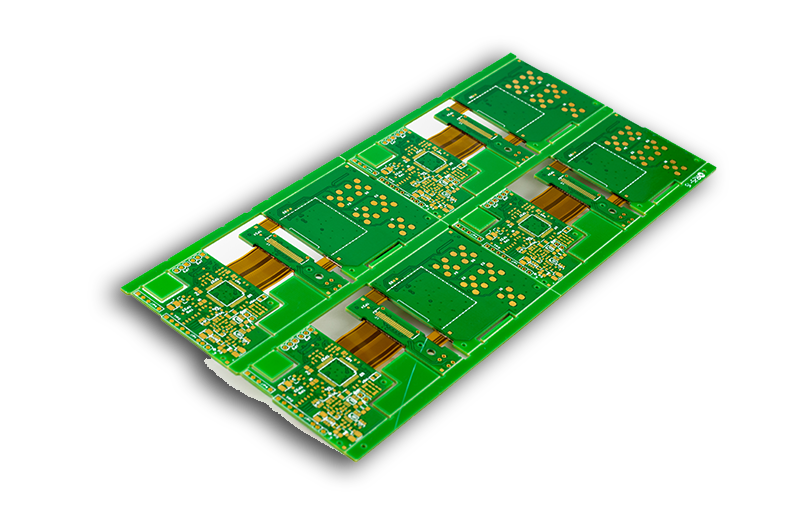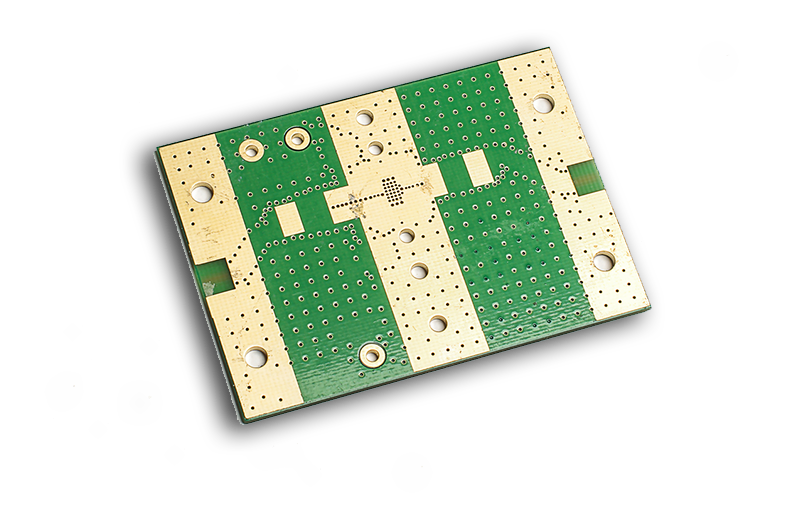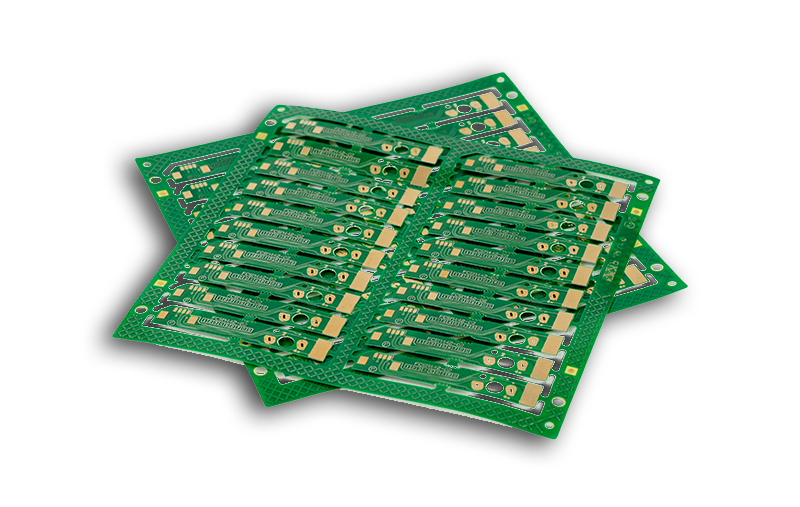High Tg PCB
- A High Tg PCB is a PCB assembling with a glass transition temperature higher than 170℃.
- The standard Tg values for regular PCBs are between 120℃ and 170℃.
- High Tg PCBs do better at higher temperatures with more stability.
- We have professional standard reviewers that ensure strict quality control measures in every production process.
- We leverage advanced testing technologies, such as AOI Test, E-Test, X-RAY, and Impedance Control.
- We have an in-house PCB design and assembly process review, which ensures high-quality control. We are committed to helping you get the highest quality products and services at competitive prices.
- We use a wide range of PCB material options, such as FR4, High TG FR4, Rogers PCB, Metal-based PCB, and High-frequency Materials.
- We have a superior customer care department, which supports person-to-person services. Our customer care department is flexible and approachable if you want to make any updates before the production process begins.
What Is a High
Tg PCB?
Tg is the glass transition temperature of a high PCB. A PCB base material temperature changes from an inelastic condition to a more elastic and soft state. Hence, a High Tg PCB is a PCB assembling with a glass transition temperature higher than 170℃. The standard Tg values for regular PCBs are between 120℃ and 170℃.
High Tg PCBs do better at higher temperatures with more stability. And its substrate provides better mechanical & chemical stability and stronger heat resistance to its board.
The regular PCB materials for high temperature are Shengyi S1000-2, ISOLA 370HR, ITEQ-IT-180A, etc.
What Are the Features of
High TG PCB?
Excellent PTH dependability
Great mechanical properties
Impervious to High Temperature
High-value resistance for thermal stress
It has durability for long delamination
It has a low thermal expansion
When Do You Require A High-Temperature
Circuit Board?
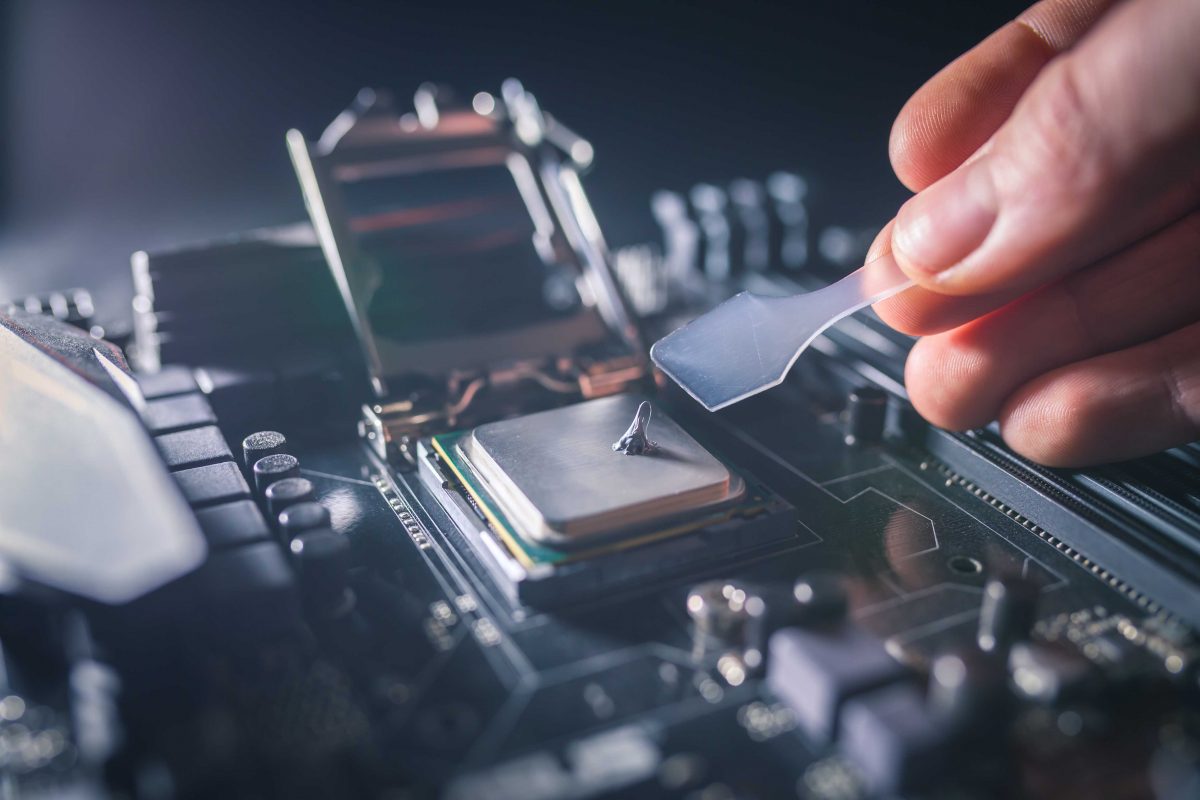
You may need a high-temperature circuit board for your devices if your PCB experiences a thermal load lower than 25oC below the Tg.
If your product operates in the range of 130 degrees Celsius or even higher, you may need to use a high Tg PCB to be on the safer side.
Majorly, most people use high-temperature circuit boards because of the transfer to RoHS PCBs. And this causes most PCB producers to settle for high TG materials because of the higher temperatures required for lead-free solder to move.
What Are the Necessary Materials for
High TG PCB?
| Material | CTE-z (ppm/℃) | Td (Wt, ℃) | Tg (DSC, ℃) | Td288 (min) | Td260 (min) |
|---|---|---|---|---|---|
| IT180 | 45 | 345 | 180 | 20 | 60 |
| S1141 (FR4) | 55 | 300 | 175 | / | 8 |
| Rogers 4350B | 50 | 390 | 280 | / | / |
| S1000-2M (FR4) | 45 | 345 | 180 | 20 | 60 |
- Prototype orders placed within 24 hours
- Normal lead time (5-7 working days for some PCBs prototypes and small batch production)
- Faster lead time (48 hours for some PCBs prototypes and small batch production)
What Are Ways to Employ Heat Dissipation
in High Tg PCBs?
If you’re looking to guard your PCBs against the high temperatures of your appliances’ process, then high Tg PCBs are necessary.
Hence, there are three important ways to dissipate heat produced by electronics with High Tg PCBs.
They are as follows:
Conduction
- The heat produced by conduction cools down. And it does this by placing the heat sink directly with its heat source. That way, it enables heat to flow out from the source—similar to how electrical current flows in a system.
Radiation
- Radiation heat dissipates by creating a direct path for the electromagnetic waves to leave the source.
Convection
- Convection Heat dissipates by moving heat to water or air. Consequently, it enables the water or air to flow out from a particular area. A great example is a process of using a process or fan to push air over the surface—and at the same time drawing heat away with the device.
The Advantages of Using High TG PCB
It allows for thin substrates, small apertures, and fine traces.
It has improved dimensional stability, mechanical strength, and a solid layer to layer adhesion for various temperature changes.
Resistance to high temperatures and preserves superb performance.
Increased stability, humidity, enhanced thermal, and chemical resistance
High-Temperature PCB Applications
High Tg PCB is widely in use in Automobile electronics, Consumer electronics, Industrial electronics, automotive electronics and electronic applications, common applications, etc.
Here are a few examples of high-temperature PCB applications:
| WiFi Booster | Inverter |
| RFID | Gateway |
| Antenna | Embedded Systems Development |
| Ac Power Supplies | Embedded Computer Systems |
| Contract Manufacturing Services | Low-Cost Plc |
What Are the Capabilities of
High-Temperature PCBs?
-
High Tg FeaturesCapabilities
-
Build Time:2 days - 5 weeks
-
Number of Layers:2 – 40 layers
-
Order Quantity:1pc - 10000+pcs
-
Quality Grade:Standard IPC 2
-
Copper Weight (Finished):0.5oz - 2.0oz
-
Board Size:Min 6mm x 6mm | Max 500mm x 900mm
-
Material:S1141 (FR4), S1000-2M (FR4), IT180, Rogers 4350B
-
Board Thickness:0.4mm - 6.5mm
-
Solder Mask Sides:As per the file
-
Min Tracing/Spacing:3mil/3mil
-
Solder Mask Color:Green, White, Blue, Black, Red, Yellow
-
Silkscreen Color:White, Black, Yellow
-
Other Techniques:Gold fingers Countersink Holes Blind/Buried Vias
-
Min Drilling Hole Diameter:6mil
-
Min Annular Ring:4mil
-
Surface Finish:Lead-Free HASL – RoHS Immersion Silver - RoHS HASL - Hot Air Solder Leveling Immersion Tin - RoHS OSP - Organic Solderability Preservatives - RoHS ENIG - Electroless Nickel/Immersion Gold – RoHS
High TG PCB Technical Options
CTE-z
- This technical option shows a base material’s thermal expansion level. Hence, it represents the z-axis. And a low CTE-z value works better with higher Tg values—which signifies absolute expansion.
T260 - T288 value, Td
- The T260 and T288 values represent the period of delamination of a tested material at 260oC and 280oC, respectively.
Why Choose High-Tg PCBs from WELLPCB?
If it’s difficult for you to determine your needs regarding the high Tg PCB, we can help you—at WellPCB. And if you’ll be needing high Tg PCBs, we would help you to choose the particular high Tg PCBs necessary for your firm.
Also, if you’re moving to RoHS or need to get more information on HighTg laminates, we’d be happy to help you.
Feel free to get in touch with us today and get a free online quote.
FAQs
1. Which electrical properties of High-Tg Circuit Boards should you concern?
It is important to focus on moisture resistance, thermal decomposition, polymer transitions. Besides, you should also pay attention to the power requirements, delamination durability, and heat resistance.
2. For high-Tg boards, what to consider about the temperature requirement?
As for High-Tg PCB manufacturing, the temperature of PCB is essential. The operating temperature/temperature region, including maximum operating temperature (maximum temperature), extreme temperatures, temperature durability, temperature environments, decomposition temperature, and glass flow temperature. Soldering temperatures, temperature resistance, and thermal temperatures will also affect the temperature of products. High-temperature PCB manufacturing requires high-temperature levels for high-temperature heat-resistant PCB.
3. What about the material selection of High-Temp PCBs’ board material ?
For the material selection of PCB substrate material, FR4 materials/glassy material is common. The raw materials also include rubbery material, flame-retardant fiberglass reinforced epoxy material.
4. How about the heat management of Printed Circuit Boards?
Heat management methods are essential factors to consider. Such as the heat absorption, heat generation rate, levels of heat, robust heat profile, solution for heat. Heat control solution, emissive heat, and Convection heat transfer are also important. Also, you need to pay attention to the methods of heat, Conduction heat, and extreme heat.
5. What else should you pay attention to the PCB Fabrication?
First, you need to focus on copper trace layers of PCB, such as Single-sided PCB / Single-layer PCB, Double-sided PCB / Double-layer PCB, or Multilayer PCB. Then hole sizes, electronic components, and trace structures of finished boards.
As for the function of PCB, the following may affect, electrical strength, physical properties, mechanical stability, thermal stability, power density designs, reflective surfaces, pad lifting, thermal expansion rates, and lead-free soldering. Due to the rapid development of electronic products, quality service comes first in PCB manufacturing. If there are special requirements for Printed Circuit Boards, please contact our team.
Our Certifications
Here are the certificates we have:
IATF 16949:2016
ISO 9001:2015
ISO14001:2015
ISO13485:2016
UL
Also, all our products follow the IPC & ROHS Standards.
More importantly, we always strive to manufacture high-end PCB products.
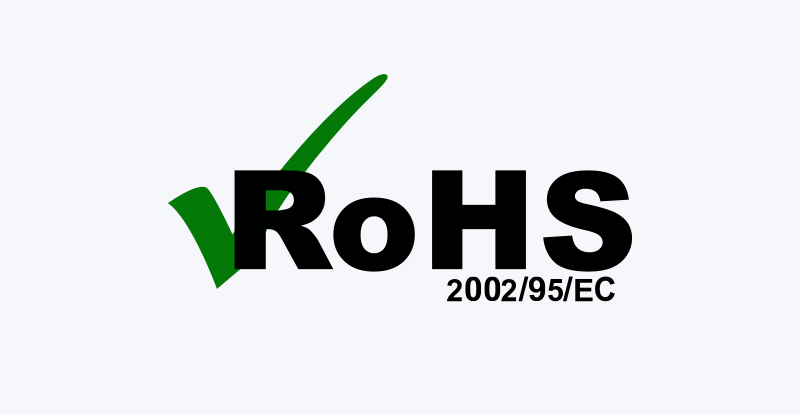
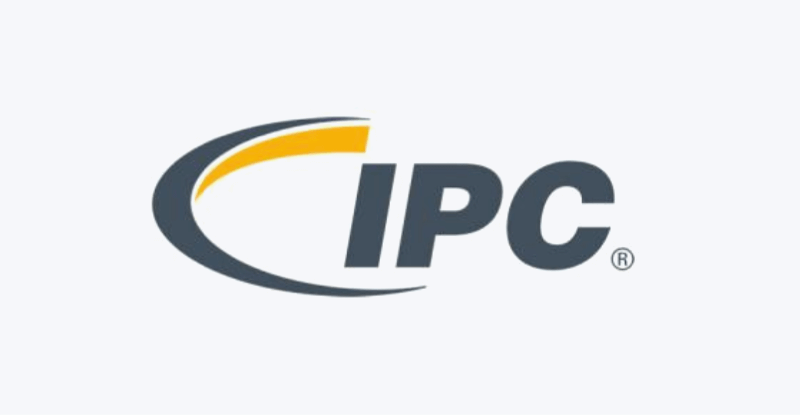


PCB Product Show
